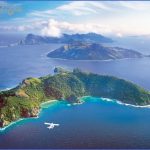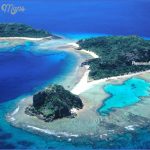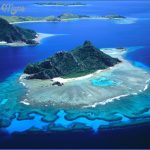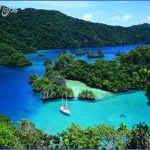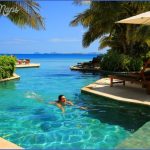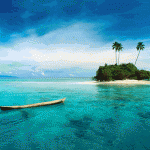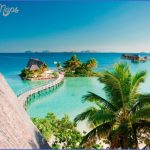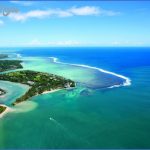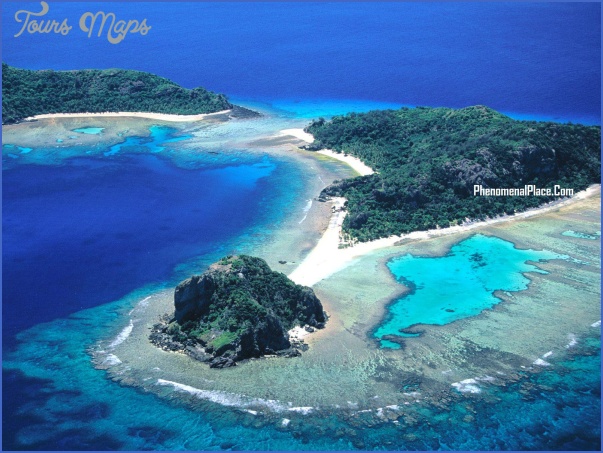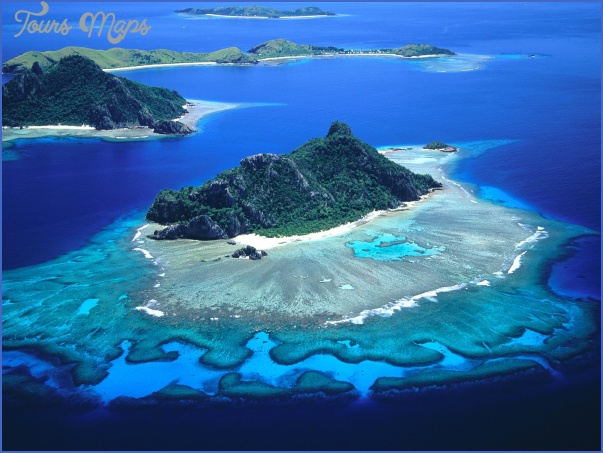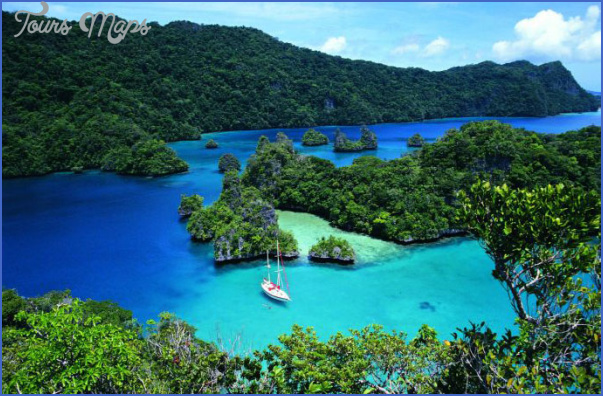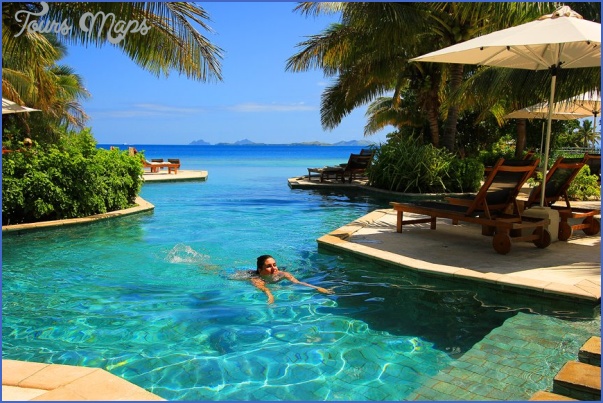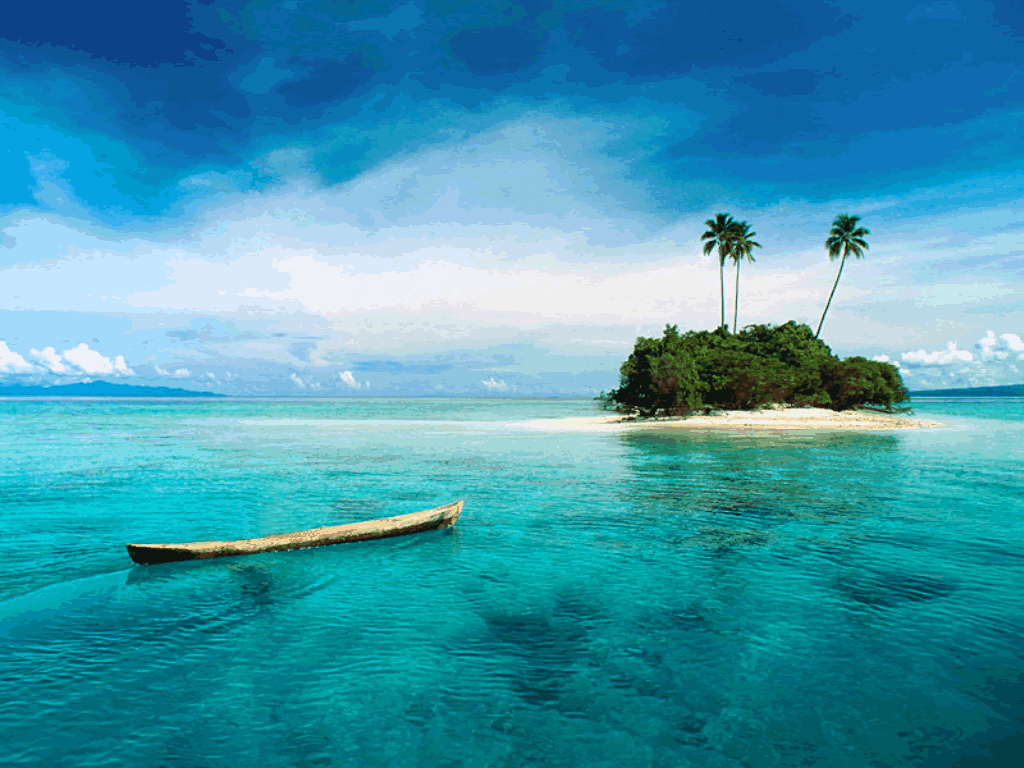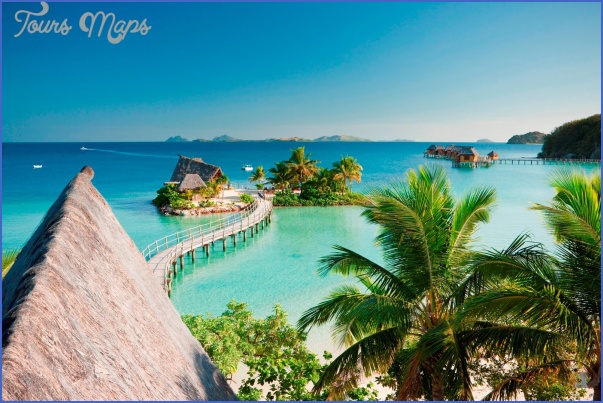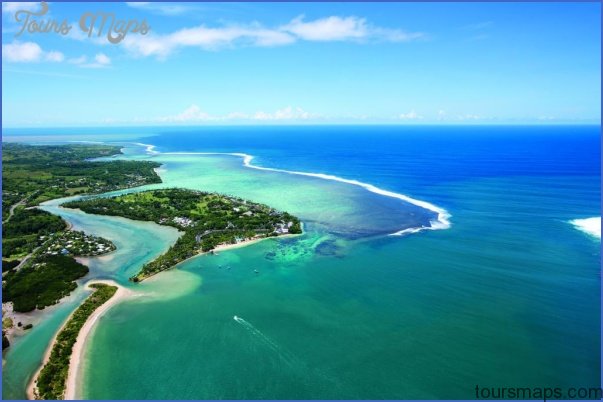Flying 2,775 miles southwest from Hawaii, the traveler can land at Nandi, the international airport for the South Sea nation of Fiji. It has been a nation since 1970 when it became an official part of the British Commonwealth. As recently as 1854, the natives, a mixture of Polynesian and Melanesian, were busy warring against each other, the losers (and some stray Europeans) appearing on the day’s menu of the victors. As a matter of curiosity, one of the souvenirs of Fiji is a so-called cannibal fork made of wood. The standard reply made by the salespersons when asked if the forks were really used is, Certainly, we weren’t savages, you know.
A story is told about the late Sir Edward Cakobau, Oxford-educated former commander of Fijian militia, who supposedly was traveling by ship to England a number of years ago. Sir Edward was seated for dinner with a group of British when he instructed the waiter by loudly calling out, Never mind the menu, bring me the passenger list.
Fijians are known for their joviality and good humor. Not so humorous is their relationship with the other half of the population, some 300,000 Indians whose ancestors were brought in by the English to work the coconut and sugar plantations. Land ownership is very difficult for them. Eighty-four percent of the land is communally owned by the native Fijians and by law cannot be sold, only leased. This proviso safeguards the natives from being dispossessed, as largely happened in Hawaii as the chiefs sold or gave away most of Hawaii to non-Hawaiians.
The island of Viti Levu is the center of population even though some one hundred of the more than three hundred islands are populated. Suva, a city of 120,000, retains a colonial British atmosphere. Hereditary chiefs still hold much of the political power throughout Fiji. An unwritten rule holds the heights of hotels to no higher than a coconut palm. As in most South Pacific islands, the climate is tropical maritime, which means warm and humid.
Visitors have a choice of a number of modern hotels but also can stay in the native bures, the one-room huts made of reeds and thatch. Several resorts occupy all of the small islands. The visitor can weave a mat, catch shrimp, plant taro, and learn how to ward off evil spirits. At night there is dancing, and dancing, and dancing, sometimes all night long.
The ceremonial drink is made from pounded pepper tree root, called yagona. (It is called kava in other South Pacific island groups.) The imbiber gets a mild glow from the drink. Kokoda is a popular dish made of raw fish marinated in lime juice and served in coconut milk.
Nandi is located on the dry side of Viti Levu. Suva, on the wet (or leeward side), receives more than enough rain.
FIJI Photo Gallery
Maybe You Like Them Too
- Explore Doncaster, United Kingdom with this detailed map
- Explore Arroyito, Argentina with this Detailed Map
- Explore Belin, Romania with this detailed map
- Explore Almudévar, Spain with this detailed map
- Explore Aguarón, Spain with this detailed map

